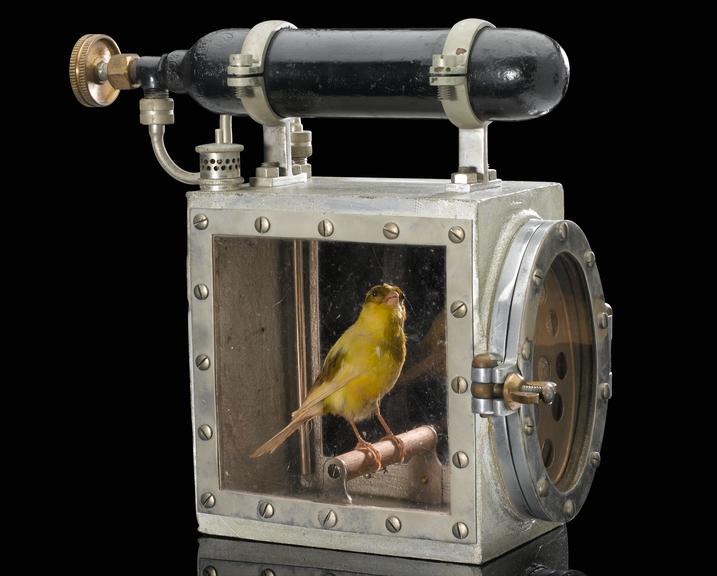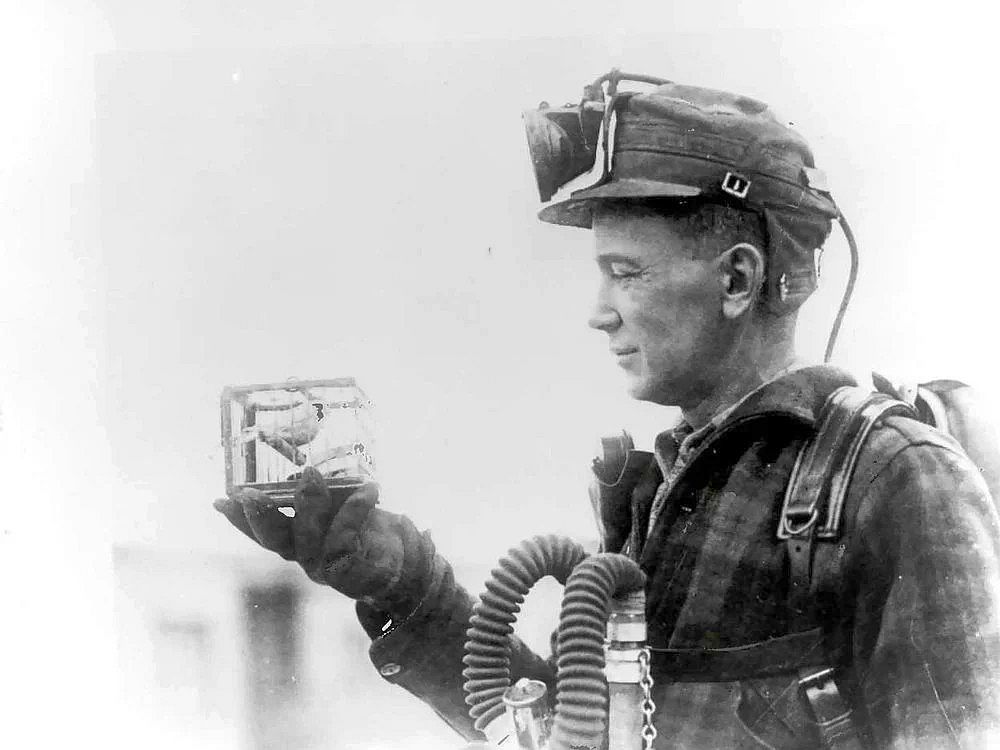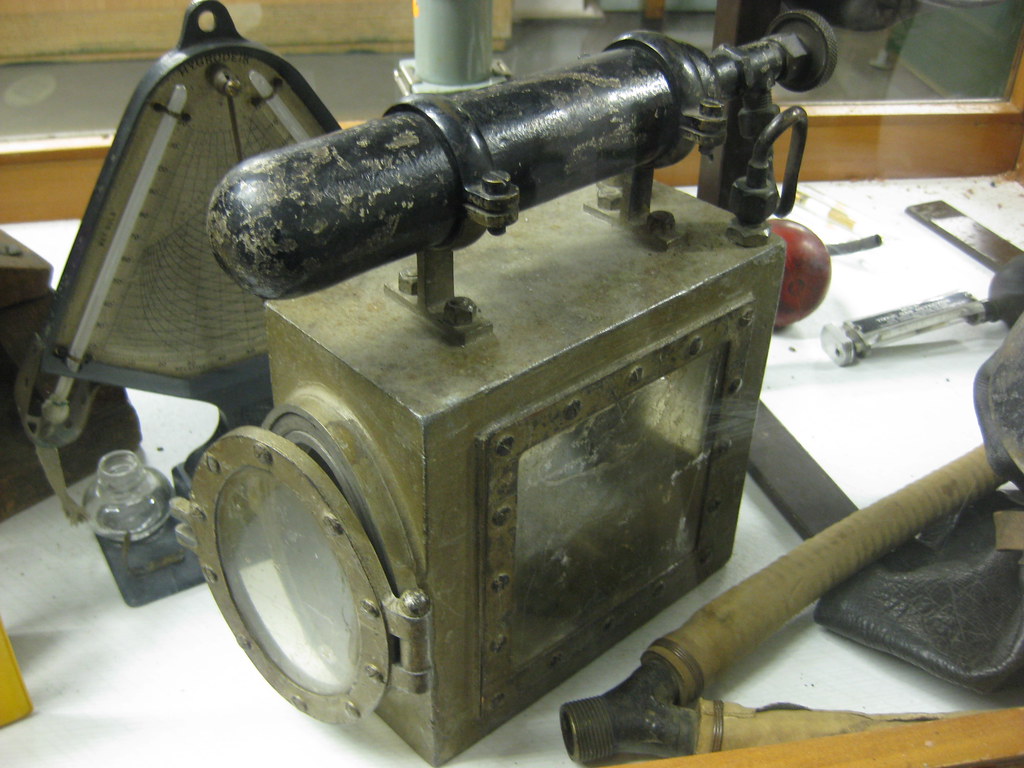Canaries were once commonly used in coal mines as an early warning system for dangerous gas leaks. The birds would be carried by workers with them when digging mines. If they show signs of health deterioration or die, it means there is toxic gas in the mine and they will have to evacuate outside immediately.

According to Forbes, the use of canaries in coal mines began in the early 20th century, when we learned that these birds are many times more sensitive than humans when exposed to toxic gases such as carbon monoxide.
Miners began carrying the birds with them, and they quickly became “talismans” for the miners – when the canary showed unusual signs, the miners would immediately Evacuate immediately to save lives.
Once outside, if the canary is still not dead, the miners will use a special device called a “canary resuscitator” to save them.
It is a compact, handheld device with a circular, sealed door to prevent canaries from escaping. If the bird shows signs of carbon monoxide poisoning, the door will be closed and oxygen from the tank above will be released inside to revive the bird.

The use of canaries in coal mines was common until the late 20th century, when technological advances made it possible to detect gas leaks using electronic sensors.
By 1986, the use of canaries in British coal mines had become almost obsolete, and only around 200 were brought into mines during this period.
Despite the fact that digital detectors are becoming cheaper and more effective in detecting gas leaks, some miners still feel that the birds provide a sense of reliability and comfort. than technological devices.
A 1986 article wrote: “They are deeply ingrained in the culture of miners, who whistle at canaries and coo at them as they work, treating them like pets.”

Although the use of canaries in coal mines is no longer common today, at the time it was considered a necessary precaution to protect the lives of miners.
It is worth noting that the use of canaries in coal mines is now banned in most countries and instead electronic sensors are used to detect dangerous gases.
The canary’s scientific name is Serinus canaria domestica, the English name is often called canary. This is a bird domesticated by humans from the wild, originating in the Canary Islands.
They were first discovered in the 17th century, when a group of Spanish sailors conquered the archipelagos around the Canary Islands.
The first canaries followed those sailors to the mainland and were sold in pet stores. Thanks to that, they are known and loved by many people today.
Miners in Western countries used to have the habit of bringing a canary cage down to the mine. When the amount of toxic gas in the tunnel exceeds the safe concentration, the canary will die first, helping miners recognize danger and promptly withdraw from the tunnel. Accordingly, the idiom “the canary in the coal mine” was also born, used to refer to early warning signs of certain hidden dangers ahead.
Source: Animalia; Unbelievable; ZME





